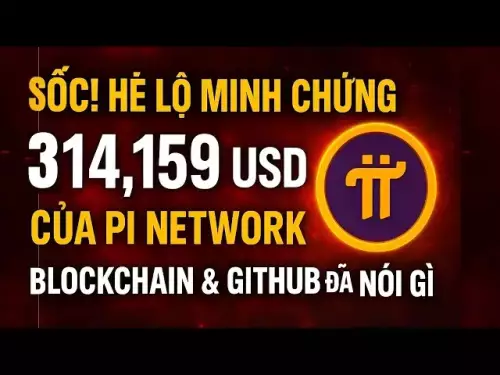-
 bitcoin
bitcoin $109547.008142 USD
0.04% -
 ethereum
ethereum $4011.838726 USD
-0.05% -
 tether
tether $1.000402 USD
-0.01% -
 xrp
xrp $2.798606 USD
0.88% -
 bnb
bnb $970.877944 USD
1.39% -
 solana
solana $202.237275 USD
-0.95% -
 usd-coin
usd-coin $0.999673 USD
0.00% -
 dogecoin
dogecoin $0.229294 USD
-1.15% -
 tron
tron $0.336370 USD
-0.45% -
 cardano
cardano $0.777260 USD
-1.66% -
 hyperliquid
hyperliquid $45.503019 USD
1.73% -
 ethena-usde
ethena-usde $1.000362 USD
0.01% -
 chainlink
chainlink $20.785303 USD
-1.10% -
 avalanche
avalanche $28.755822 USD
-0.11% -
 stellar
stellar $0.358303 USD
-0.48%
how blockchain technology is useful in healthcare domain
Blockchain's distributed ledger technology safeguards patient data, empowers them with ownership, and optimizes healthcare processes, revolutionizing the domain with enhanced security, transparency, and collaboration.
Oct 12, 2024 at 10:48 pm

How Blockchain Technology Revolutionizes the Healthcare Domain
Blockchain technology is a revolutionary force that has the potential to transform every sector, including healthcare. This distributed ledger technology enables the secure and transparent exchange of data, making it ideal for applications in healthcare, where data privacy, integrity, and efficiency are paramount. Here are the key benefits and applications of blockchain in the healthcare domain:
1. Enhanced Data Privacy and Security:Blockchain networks store data in encrypted, distributed ledgers, preventing unauthorized access and data tampering. This feature ensures the confidentiality and integrity of sensitive patient records, such as medical history, diagnoses, and treatment plans.
2. Improved Patient Ownership and Control:Blockchain technology empowers patients with greater control over their health data. They can choose to share their data with healthcare providers on a need-to-know basis, enhancing their privacy and reducing the risk of misuse.
3. Optimized Supply Chain Management:Blockchain can track the movement of drugs and medical devices throughout the supply chain, ensuring transparency and accountability. This helps prevent counterfeiting, improves quality control, and reduces the time and cost of delivery.
4. Enhanced Medical Research and Drug Development:Blockchain can facilitate the collaboration between researchers and scientists. By sharing medical data securely, researchers can gain insights into disease patterns, develop new therapies, and accelerate drug discovery.
5. Tailored and Personalized Treatment Plans:Blockchain can store and analyze patient health data, providing a comprehensive view of their medical history. This data can be used to tailor treatment plans to individual patient needs, improving outcomes and patient satisfaction.
6. Improved Healthcare Interoperability:Blockchain can bridge the gap between different healthcare systems and electronic health records (EHRs). By providing a standardized data format, blockchain enables seamless data exchange, enhancing patient care and reducing administrative burdens.
7. Clinical Trial Management:Blockchain can streamline clinical trial recruitment, data collection, and results reporting. By ensuring the transparency and integrity of clinical data, blockchain can improve the reliability of clinical research and expedite drug development.
Conclusion:Blockchain technology offers countless opportunities to revolutionize the healthcare domain. Its ability to enhance data security, empower patients, optimize supply chains, and facilitate medical research has the potential to improve patient outcomes, reduce costs, and improve the overall quality of healthcare delivery. As blockchain technology continues to evolve, its applications in healthcare are expected to grow exponentially, transforming the industry for the better.
Disclaimer:info@kdj.com
The information provided is not trading advice. kdj.com does not assume any responsibility for any investments made based on the information provided in this article. Cryptocurrencies are highly volatile and it is highly recommended that you invest with caution after thorough research!
If you believe that the content used on this website infringes your copyright, please contact us immediately (info@kdj.com) and we will delete it promptly.
- Whale Movements, XPL Token, and Hyperliquid: Decoding the Crypto Tides
- 2025-09-28 14:25:14
- BullZilla Roars: Presales, Ripple, and TRON in the Crypto Jungle
- 2025-09-28 14:25:14
- Nation-State Bitcoin Adoption: Samson Mow's Perspective on the 'Suddenly' Moment
- 2025-09-28 14:45:12
- XRP Price, WallStreetBets, and Rally Prediction: A New Era?
- 2025-09-28 14:45:12
- Pi Network, Sign Protocol, and the Binance Listing Buzz: What's the Deal?
- 2025-09-28 14:30:01
- BTC, HODLers, and a Potential Bull Run: A New Yorker's Take
- 2025-09-28 14:30:01
Related knowledge

What is a token economy?
Sep 20,2025 at 12:18am
Understanding the Foundations of a Token Economy1. A token economy in the context of cryptocurrency refers to a system where digital tokens are used a...
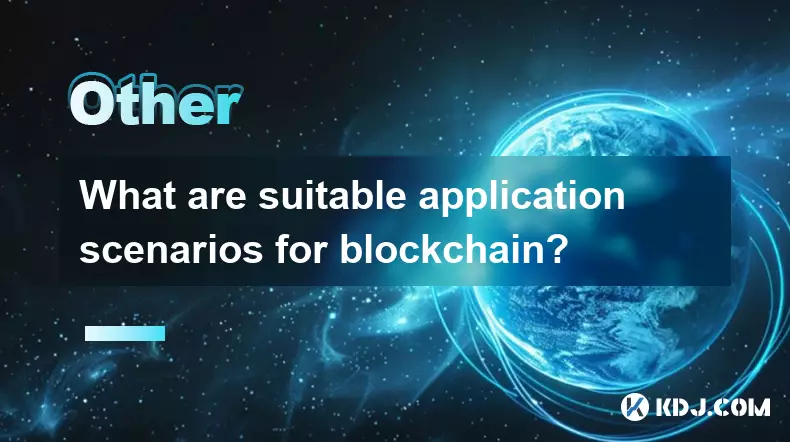
What are suitable application scenarios for blockchain?
Sep 20,2025 at 03:19am
Decentralized Finance (DeFi) Platforms1. Blockchain enables the creation of financial services without centralized intermediaries, allowing users to l...
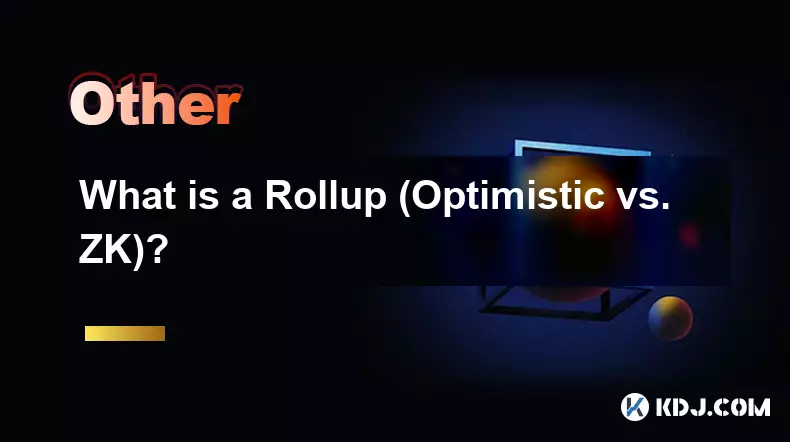
What is a Rollup (Optimistic vs. ZK)?
Sep 22,2025 at 03:00pm
Understanding Rollups in Blockchain Technology1. Rollups are layer-2 scaling solutions designed to increase transaction throughput on blockchains like...
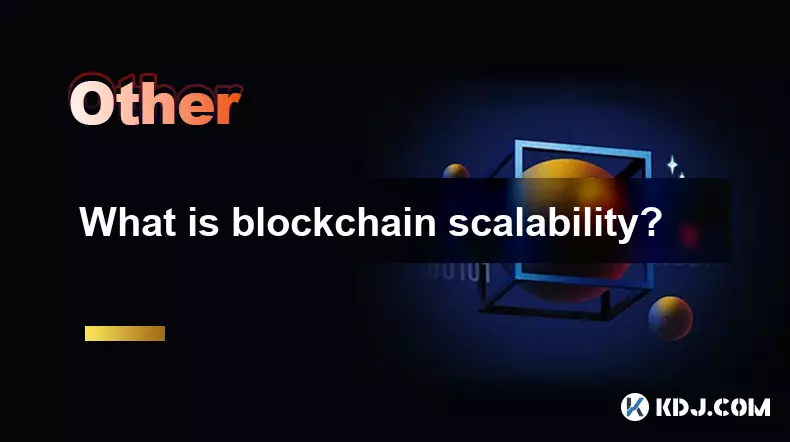
What is blockchain scalability?
Sep 19,2025 at 06:18am
Understanding Blockchain Scalability1. Blockchain scalability refers to a network's ability to handle an increasing number of transactions without com...
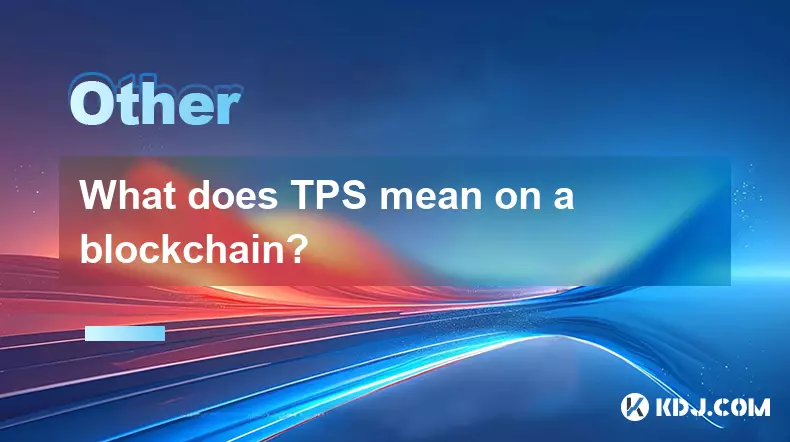
What does TPS mean on a blockchain?
Sep 21,2025 at 09:54am
Understanding TPS in Blockchain Technology1. TPS stands for Transactions Per Second, a metric used to measure the number of transactions a blockchain ...
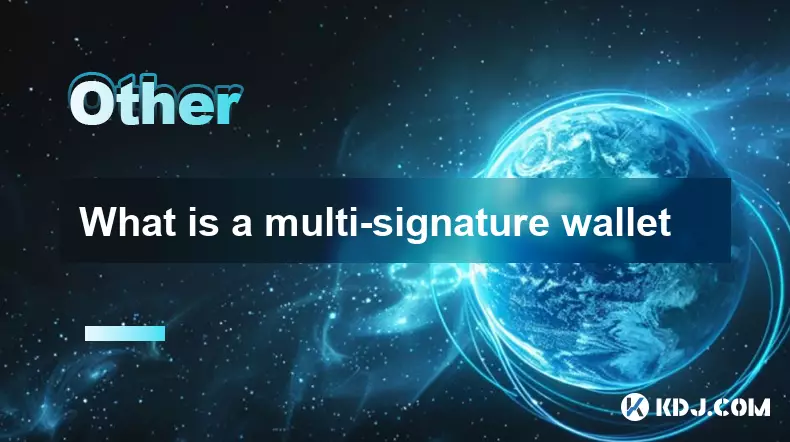
What is a multi-signature wallet
Sep 20,2025 at 07:00am
Understanding Multi-Signature Wallets in Cryptocurrency1. A multi-signature wallet, often referred to as a multisig wallet, is a type of cryptocurrenc...

What is a token economy?
Sep 20,2025 at 12:18am
Understanding the Foundations of a Token Economy1. A token economy in the context of cryptocurrency refers to a system where digital tokens are used a...

What are suitable application scenarios for blockchain?
Sep 20,2025 at 03:19am
Decentralized Finance (DeFi) Platforms1. Blockchain enables the creation of financial services without centralized intermediaries, allowing users to l...

What is a Rollup (Optimistic vs. ZK)?
Sep 22,2025 at 03:00pm
Understanding Rollups in Blockchain Technology1. Rollups are layer-2 scaling solutions designed to increase transaction throughput on blockchains like...

What is blockchain scalability?
Sep 19,2025 at 06:18am
Understanding Blockchain Scalability1. Blockchain scalability refers to a network's ability to handle an increasing number of transactions without com...

What does TPS mean on a blockchain?
Sep 21,2025 at 09:54am
Understanding TPS in Blockchain Technology1. TPS stands for Transactions Per Second, a metric used to measure the number of transactions a blockchain ...

What is a multi-signature wallet
Sep 20,2025 at 07:00am
Understanding Multi-Signature Wallets in Cryptocurrency1. A multi-signature wallet, often referred to as a multisig wallet, is a type of cryptocurrenc...
See all articles


























